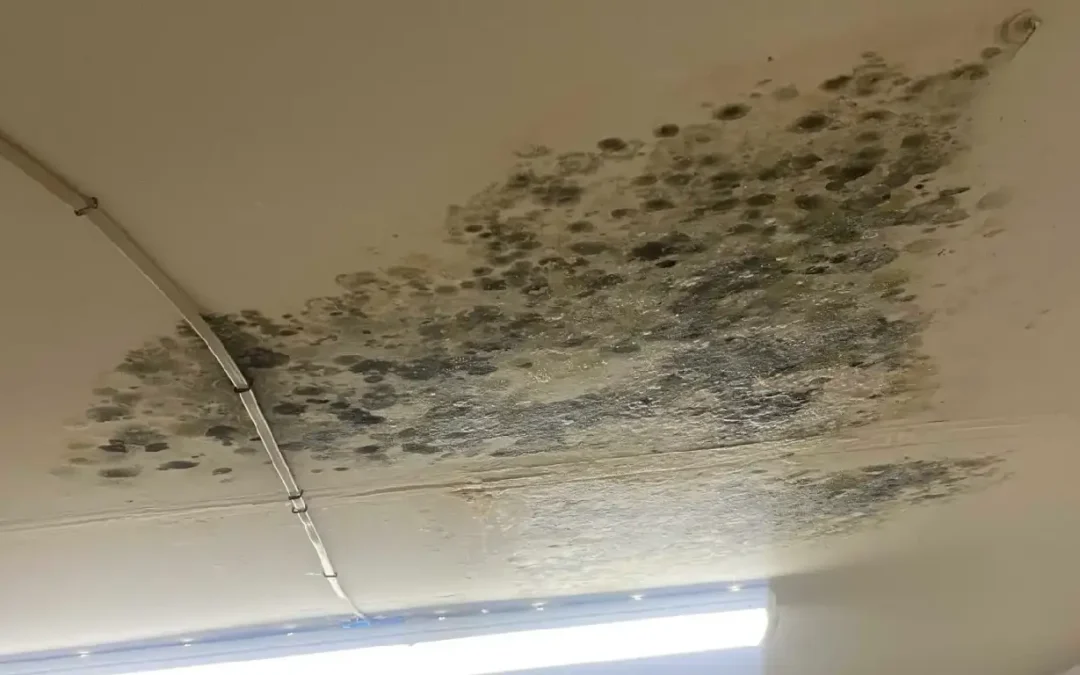We are going to discover now, the difference between Mold and Mildew, and it is that it really is not a very big difference as such, since both words, translated into any language, mean the same thing.
Both, mold and mildew, translated into Spanish, mean mold, only Mildew is a derivation. It is something like saying grains or black beans; in the end, both are grains.
What actually happens is that mildew is a specific type of mold, as well as Candida, Penicillium, Aspergillus or any of the many that exist in this extensive family, with its different derivations, which can reach more than 600 variations.
When saying mold, we would be talking about the normal mold that makes its colonies from the spores that are released from the fungus, forming strains that become stronger and grow to take possession of areas, where they form their colonies.
When we say mildew, we would be referring to a specific type, class or family of mold. This mold derivation appears more frequently, especially on the leaves of plants, and can extend to the stem, branches and even the root.
This mildew is greatly feared by farmers, it is too aggressive and can quickly ruin a crop if the pertinent measures are not taken in time and by expert companies in this matter. GS MOLD SOLUTION can provide you with all the support and advice you need for any of the actions in these cases.
Our company offers you to carry out a mold test to verify the presence of the scourge, and if it is positive, we ourselves will apply the corrective treatment for its elimination.
Other opinions regarding the differences between mold and mildew
According to the opinion of a specialist in the field, bacteriologist Dave Harley from Wisconsin, an expert on this subject, both one and the other are fungi, contrary to other opinions, who maintain that Mold is fungus, and Mildew is mold.
Many bacteriologists agree that both generally develop more frequently in unventilated areas or with very little lighting. Places where the sun’s rays do not penetrate and a marked degree of humidity reigns.
Moreover, both one and the other, rather, all this extensive family of mold, needs to feed on water, in the middle of a pleasant temperature to grow. That is to say, neither very high temperatures nor very cold temperatures favor them, they need comfort, comfortable right?
Some specialists, on the other hand, assure that there are notorious differences between mold and mildew, and both must be treated with different fungicides and anti-mold. Although vinegar and baking soda are quite effective in combating them, sometimes it is clear that they are not enough.
When these homemade products do not respond to a definitive treatment, then much more severe and aggressive treatments must be resorted to that promise to kill even the spores that are in transit in the environment, but at the hands of experts.
Characteristics that differentiate mold from mildew
We have that mold in general tends to grow upwards, it does not expand to gain as much flat surface. Their roots are called hyphae, which come out below the surface where they are, and rather seek to take hold where they are.
It has a somewhat diffuse appearance, it is not clear in the colors that characterize it, which can be green, blackish purple, red, gray, and the mold also has an unmistakable odor.
Mildew, on the other hand, tends to make its appearance on any surface where the conditions for its expansion exist, but it does not grow upwards. It comes in softer colors like white, light gray, and yellowish.
We will notice that the smell of mildew is fainter, less accentuated, than that of other types of fungi. It appears powdery.
In very rare cases, these fungi and molds could also appear with conditions different from those described above, that is, with dry and bright environments.
Mildew is more common in crops, it is the type of mold that makes its appearance on the leaves of the bushes, and can reach its roots.

How to eradicate Mildew?
Several ways are known to attack mildew, but the most recommended is to seek professional support and advice.
If we do not achieve an absolute extermination, it is possible that it will appear again, and each time it reproduces, it will come with more force, because it could create resistance.
If the situation gets out of hand, technical and specialized help should be called, since there are chemical products that are delicate to use, and should not be handled without the necessary implements.
Some products require to be applied with the corresponding equipment and with the use of masks, gloves and other precautions so that they do not cause irritation to the eyes and other parts of the body.
Sometimes the remedy is worse than the disease, but this only happens when a novice tries to act professional. For this reason, in these cases it is when you should use common sense and contact an experienced professional.
What happens if we ignore fungus and the presence of mold in our environment?
If out of ignorance or laziness, we ignore the presence of mold in our environment, we can incur a terrible mistake that perhaps we will have to pay dearly.
Perhaps you are one of those people who are not bothered by the appearance of your kitchen, your bathroom or even the floors and walls. That’s not correct, but you should still remove the mold.
When it comes to your health and yours, it will be different. All treatments against any type of mold; is quite annoying.
Mold can lodge in the nails, for example, causing a rather unsightly appearance. If you are not careful, they can spread to other parts of the body.
In any of its derivations, the presence of mold can reach the lungs and brain through the bloodstream, and in the worst case, it can lead to terrible consequences.


0 Comments